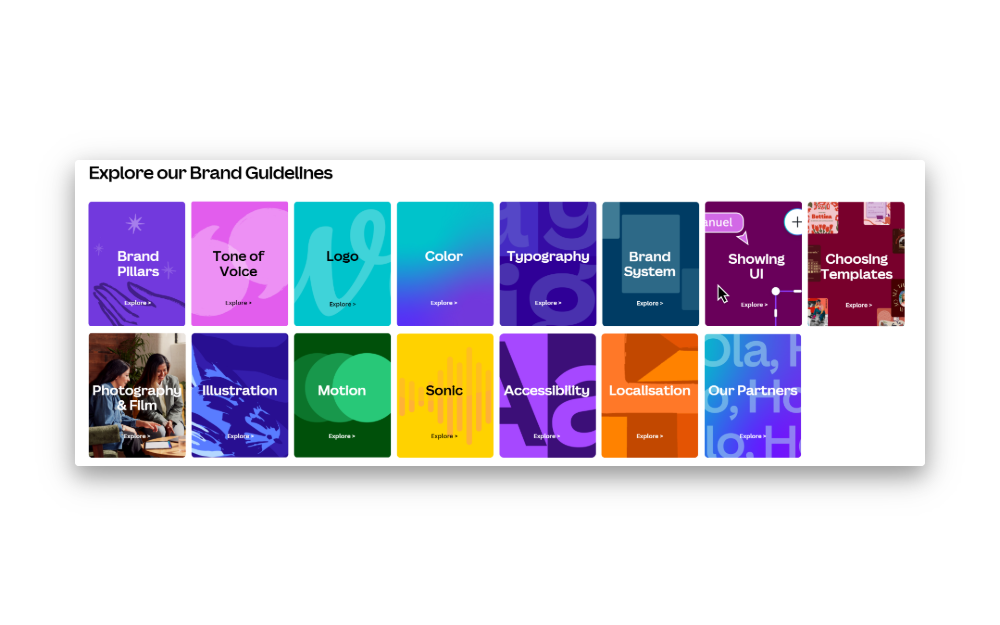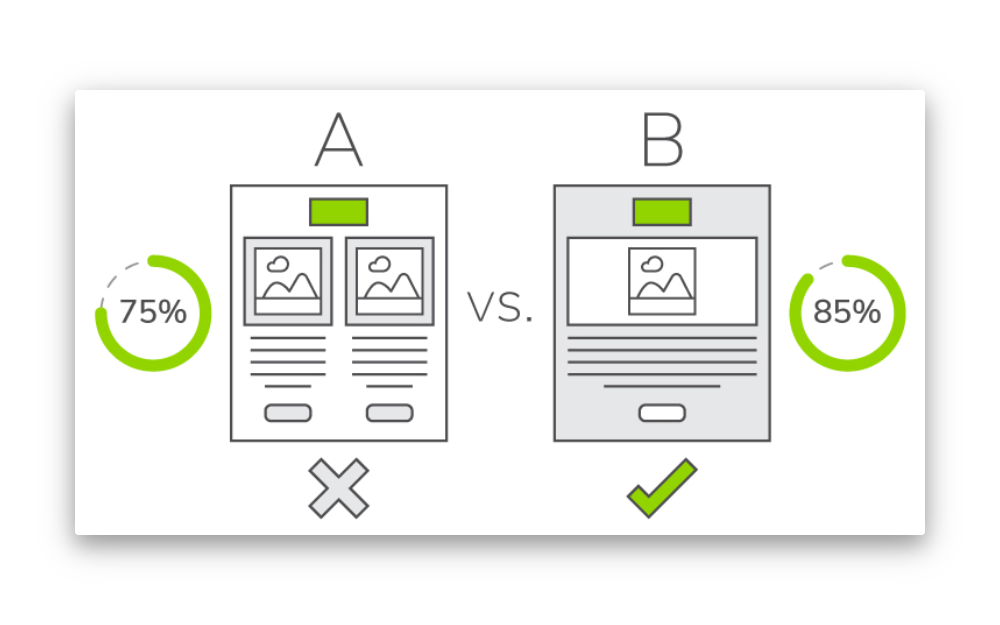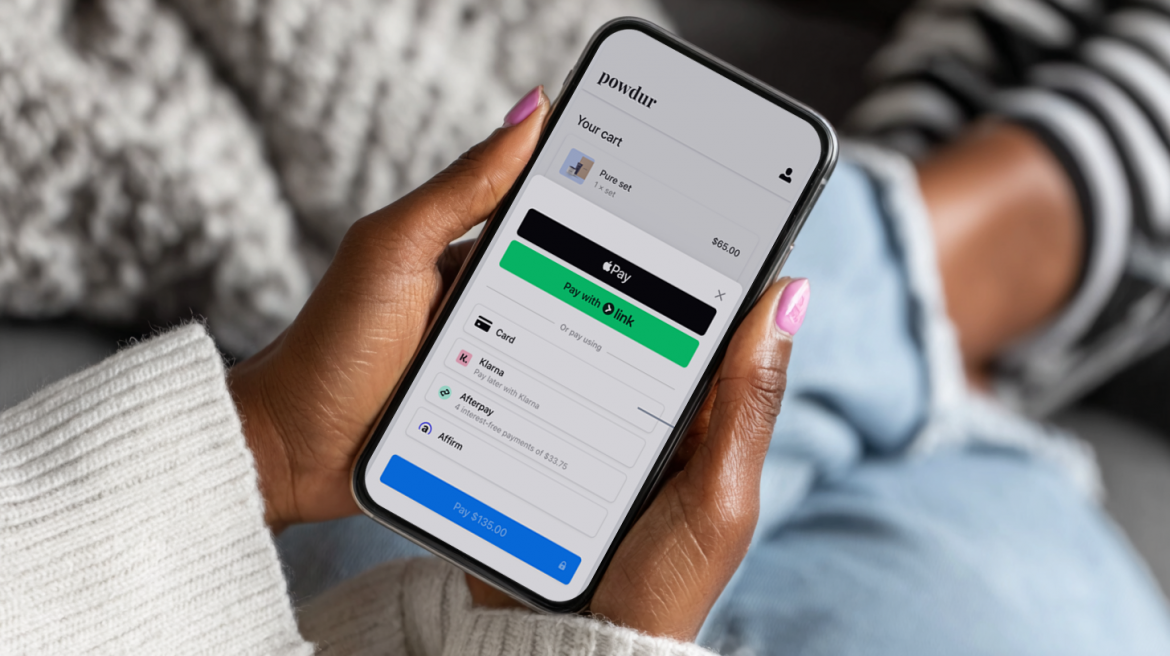Choosing the right domain name for your freelance website is one of the most important steps in building your online presence. It’s not just a web address—it’s your digital identity, your brand’s first impression, and a key part of how potential clients find and remember you. Whether you’re a designer, writer, developer, or consultant, selecting a domain that reflects your personal brand and professionalism can make a significant difference.
Below, we’ll explore how to choose the perfect domain name for your freelance website, discuss useful strategies, and explain why certain domain extensions like .ME Domain and .CO Domain can give your portfolio the edge it needs.
Start with Your Personal Brand
Because you are a freelancer, your own name is, in effect, the brand. Your customers don’t even employ your services—those of them who can afford it employ you. For that reason, your domain name should ideally be your name or something closely associated with your name.
If your full name is accessible, then it is typically the simplest and fastest choice (for example, johnsmith.com). But if that is already occupied, then use creative spin-offs such as:
- YourNameDesigns.com
- YourNameWrites.com
- YourNameStudio.com
- YourName.me (Using a .ME Domain for added personal touch)
The .ME Domain is that appealing to freelancers because it suggests uniqueness and human touch. It informs your visitors that your site is personal and approachable—ideal for freelancers who want to build actual relationships with their customers. For example, sarahwrites.me sounds warmer and inviting rather than a mere company name.
Keep It Short and Simple
A great domain name is simple to type, simple to remember, and simple to tell others. Long or complicated names raise the possibility of typos and make it more difficult for clients to remember your site later on.
When coming up with names:
- Strive for less than 15 characters if at all possible.
- Don’t use hyphens or numbers because they cause confusion among users.
- Employ common words or common combinations instead of unusual ones.
For instance, michaelcreates.co is brief, to the point, and tells you what you do in a flash. The .CO Domain is a fresh, professional alternative to .COM that’s popular with freelancers and start-ups. Initially intended for “companies,” .CO is now used heavily as an international domain name by entrepreneurs, solo professionals, and creatives.
Keep It Relevant to Your Niche
Your website URL should give your visitors some idea of what you do. You don’t have to list your entire job title, but a subtle mention of your profession is wise branding and SEO strategy.
These are a few examples:
- annaillustrates.me – for an illustrator
- devwithjames.co – for a freelance developer
- copybyclaire.com – for a freelance copywriter
By incorporating keywords that define your freelance specialty, you make your domain even more search-engine-optimal and closer to clients.
Think Outside the Box on .COM
Although .COM remains the most recognized extension, the internet today offers dozens of creative alternatives that will provide an added advantage. Freelancers, in particular, can benefit from extensions describing personality or meaning to your company.
Among the most desirable and essential decisions are:
.ME Domain: Suitable for one-man professionals, portfolios, and one-man freelancers. It sends the message that the site is you. Freelancers utilize it to create friendly, easy-to-remember sites such as emmawrites.me or hirealex.me.
.CO Domain: A fresh, professional alternative to .COM that is ideal for freelancers who want to hold themselves out as solo business operators. It’s short, contemporary, and memorable—ideal for business-oriented freelancers or small studios like studioleo.co or taylorconsults.co.
Registering an off-the-beaten-path domain suffix will make your name memorable and give you some flexibility when your dream .COM name is unavailable.
Check Availability Across Platforms
Once you’ve shortlisted your domain name options, check if the name is available on social media too. You desire consistency in branding—to be found on Instagram, LinkedIn, or Behance by the same name.
If the handle that you prefer is not available, try to work around with slight modifications that suit your brand name. For example, if samdesigns.co is not available on Instagram, use @samdesigns_studio or @sam.designs.
Keeping your consistent builds visibility and improves your overall professional standing.
Plan Ahead for Expansion
Plan ahead when selecting for your domain name. Even though you’re starting small, you could find yourself expanding services, taking on partners, or having a small company. Pick a domain where you can expand.
For instance, if your handle is johnwrites.me, that’s absolutely fine for freelance writing in the modern era—but if you’re going to edit or do content strategy in the future, something like johncontent.co might seem more future-proof.
Handles such as .CO also appeal to this future-proofed mindset because they’re broad enough to work as you develop without becoming outdated.
Test for Trademarks and Create Avoidance
Prior to buying your domain name, make sure it does not infringe any current trademarks or look similar to already registered brands. Even for commercial usage, a corresponding name will create legal problems or be confusing for prospects.
Check online trademark databases and search engines for domain names to see if your preferred name is available and distinct. You would also be spared the need to fight with similarly titled corporations that already have established positions on search engine listings.
Optimize for SEO and Memorability
Having relevant keywords in your domain name can assist in your SEO to some degree, but it’s a matter of balance—keyword cramming is not as good as memorability and simplicity. Freelancegraphicdesigner.me is informative but too long. graphiclily.co is short, creative, and memorable, but it still indicates your field of activity.


Google prefers good-quality user experience and user-friendly content to exact-match domains, so less concerned with selecting a name that your users will know you by and more concerned with hunting down search algorithms.
Try It Out Loud
Say your possible domain names out loud. Do they sound sensible and easy to pronounce? Are you able to say them out loud comfortably in everyday conversation without needing to spell them out each time?
Testing enables you to catch any cringe-worthy combinations or unwanted meanings. An easy-to-say name is also easy for clients to recall later.
Secure Your Domain in a Rush
As soon as you’ve found a name that passes the test on all fronts—short, relevant, brandable, and available—act quickly. Domain names quickly sell, and losing one can be frustrating.
Register it as early as possible with a reputable domain registrar. It might also be wise to purchase up different extensions (yourname.com, yourname.me, yourname.co) to protect against others using similar alternations.


Your domain name is the base of your freelance business. It’s where clients see you, find you, and in many cases, the very first impression of professionalism. Select a classic .COM, a personal .ME Domain, or a fresh .CO Domain, whichever suits you and your work best.
On global freelance competition, your territory is not just your home address—it’s your welcome message, your history, and your identity. Choose it wisely, and it will be a good foundation for your web success.
Keep the conversation going…
Over 10,000 of us are having daily conversations over in our free Facebook group and we’d love to see you there. Join us!













